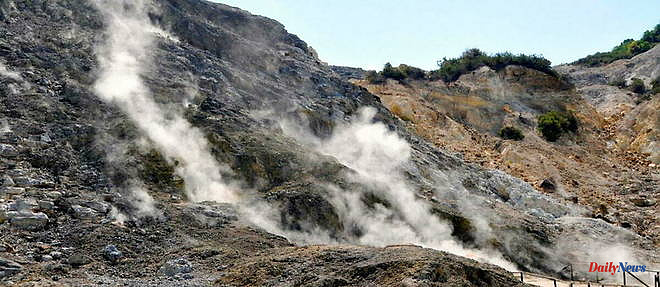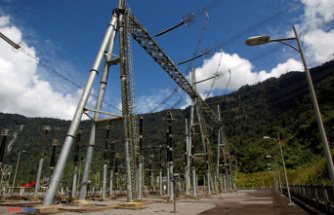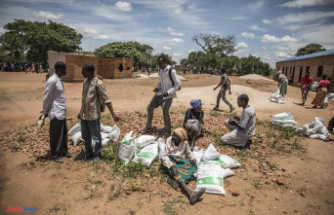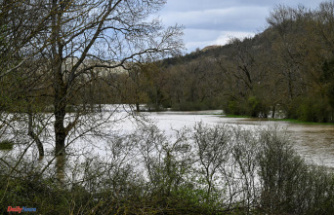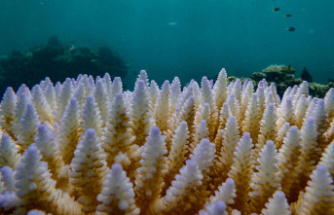The risk of an eruption from the Phlegrean Fields volcano, near Naples, Italy, has never been greater. An Anglo-Italian study, published Friday, June 9 in the journal Communications Earth
UCL's Christopher Kilburn, head of the works, said, "We're not saying an eruption is going to happen, we're saying the conditions for an eruption are more favourable. This would be a first for nearly 500 years, as this supervolcano has not erupted since 1538.
The energy of the volcano is such that its eruption 30,000 years ago would have contributed to the extinction of Neanderthals, according to some hypotheses. A resurgence of activity in the early 1980s led to the evacuation of 40,000 residents, but the volcano has not been talked about since.
And yet: tens of thousands of small earthquakes from the 1950s weakened the caldera, the flat-bottomed volcanic depression, "portions of which were strained to near breaking point," the study says. . These tremors, even more numerous since 2019, have upset the underground strata and the town of Pozzuoli, on which the volcano is located, has risen by four meters over the decades.
The researchers point out that the effects of the volcano's activity are "cumulative", so the intensity of this activity does not have to increase significantly to increase the likelihood of an eruption. "A possible eruption could be preceded by relatively weak signals, such as a modest level of ground uplift, and a smaller number of earthquakes," they note.
They cite the example of the Rabaul caldera in Papua New Guinea, which erupted in 1994 when the tremors that preceded it were far fewer than during the eruption a decade earlier.
However, the probability of a mega-eruption is "very low", says Stefano Carlino. "What's more likely are small eruptions. Also, even if the crust breaks, "the magma has to come up in the right place," says Christopher Kilburn.
Scientists, who are only interested in volcanoes in the awakening phase after a long period of sleep, use an innovative method to auscultate this flat volcano, almost invisible to the naked eye, and which wells under the seemingly peaceful coast. of the Neapolitan basin. In the field, they measure both earthquakes and ground movements, its deformation, to draw up a behavior model of the volcano. In the laboratory, they observe the fracturing of the rock. Then they go back in time to compare them to other episodes, other eruptions of other similar volcanoes, when more conventional approaches are content with statistical series.
In the event of an alert, the plan of the local authorities provides for the evacuation of the population by public transport. The alert level – green, yellow, orange, red – is reviewed each month. "Currently in Pozzuoli, the alert level is yellow," said a spokeswoman for the municipality, Giordana Mobilio. “We have a constant channel of communication with the inhabitants of the commune whom we inform of the tremors” of a magnitude greater than 1.5, she underlines.

